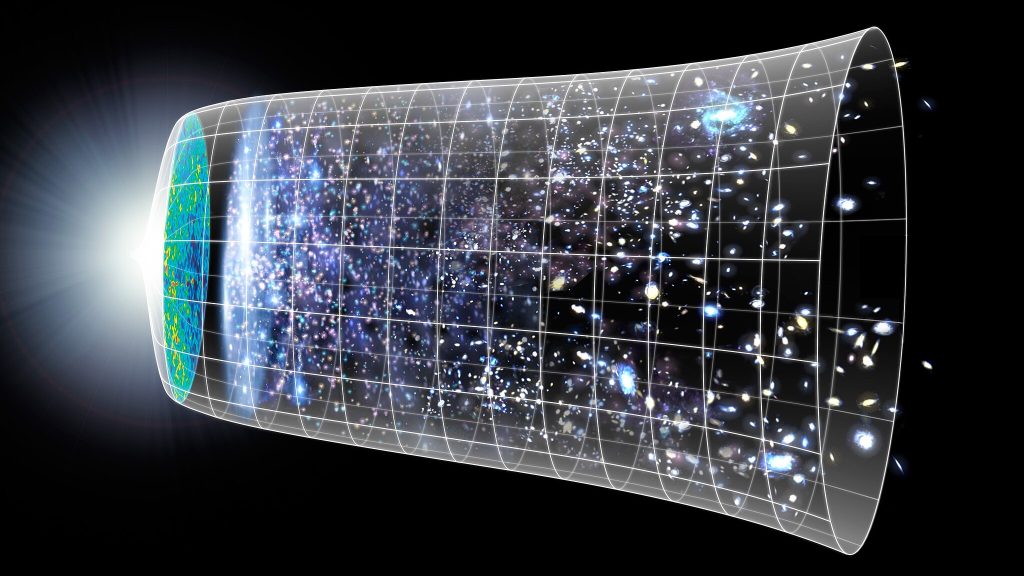The famous funnel-shaped diagram of the Big Bang doesn’t show the universe’s shape.
Others are reading now
That familiar funnel-shaped diagram of the Big Bang doesn’t mean the universe looks like a cone.
Instead, it’s a way to visualize how the universe has stretched, slowed, and sped up again over 13.8 billion years.
Not a Shape
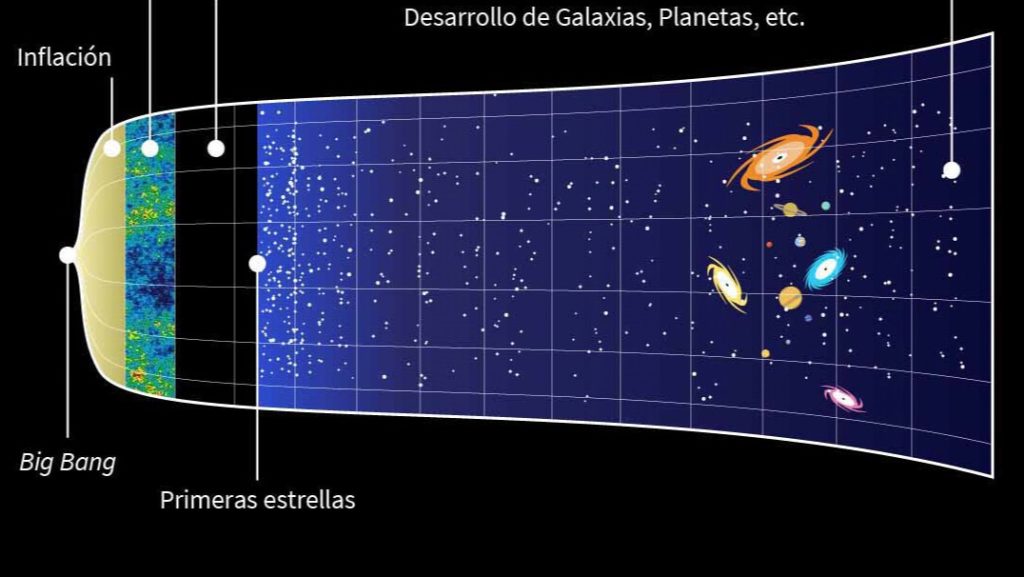
When science magazines or textbooks illustrate the Big Bang with a funnel, it is not meant to suggest that the universe itself has a cone-like structure.
Instead, the diagram is a timeline, showing how the size of the universe has changed over billions of years.
The narrow end represents the earliest moments of the cosmos, while the wide opening symbolizes the universe we observe today.
Also read
A Hot, Dense Point
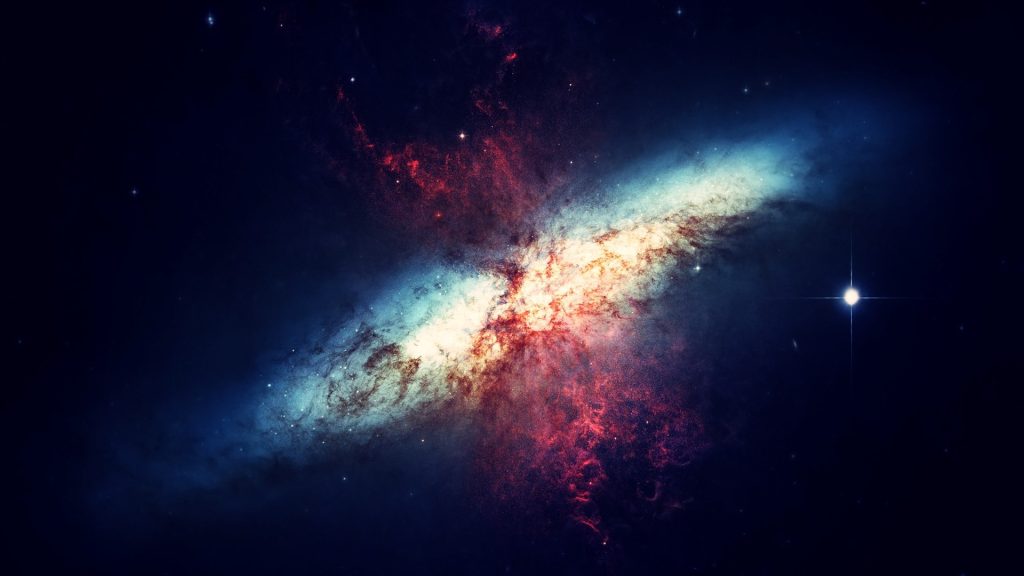
Roughly 13.8 billion years ago, the universe began as a state of infinite density and heat.
Both time and space came into existence in that moment—the Big Bang.
At this stage, everything was compressed into a tiny, unimaginably hot state, with matter and energy tightly packed together.
The First Split Second
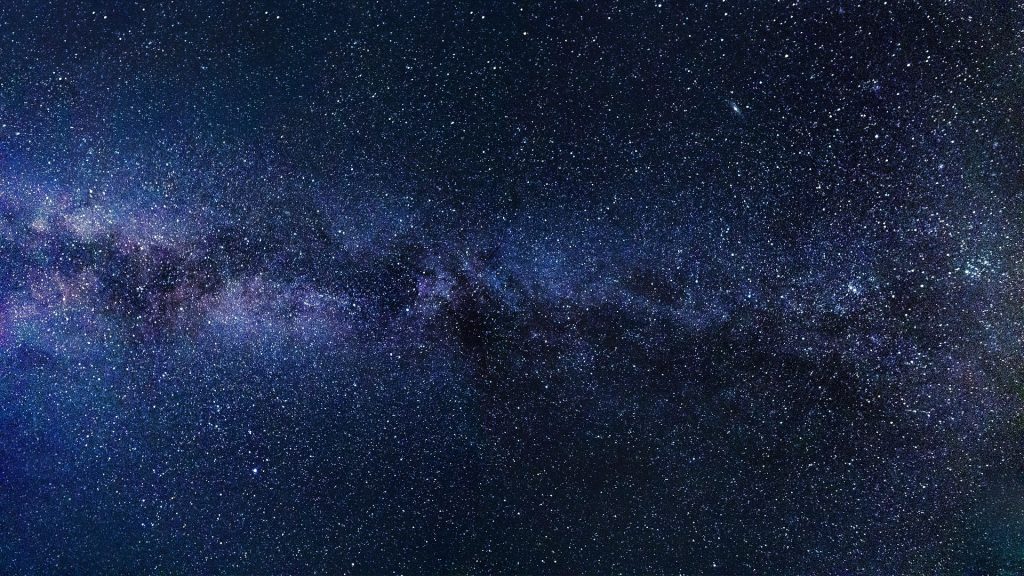
In the tiniest fraction of a second after the Big Bang, the universe experienced a sudden, extreme growth spurt called inflation.
During this phase, space expanded much faster than the speed of light.
Also read
Inflation explains why the universe today appears so smooth and uniform on large scales, despite originating from such a small point.
Slowing Down Under Gravity
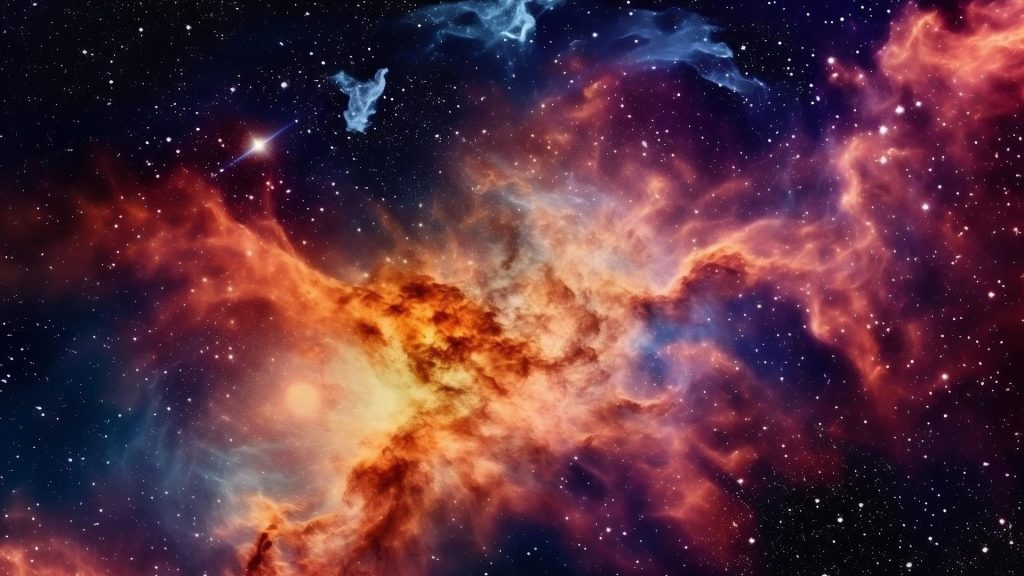
After inflation ended, the universe continued to expand but at a much slower pace.
Gravity, generated by the growing clumps of matter, acted as a brake, pulling against the expansion.
Over billions of years, galaxies and galaxy clusters formed as gravity shaped the structure of the cosmos.
Dark Energy Speeds It Up Again
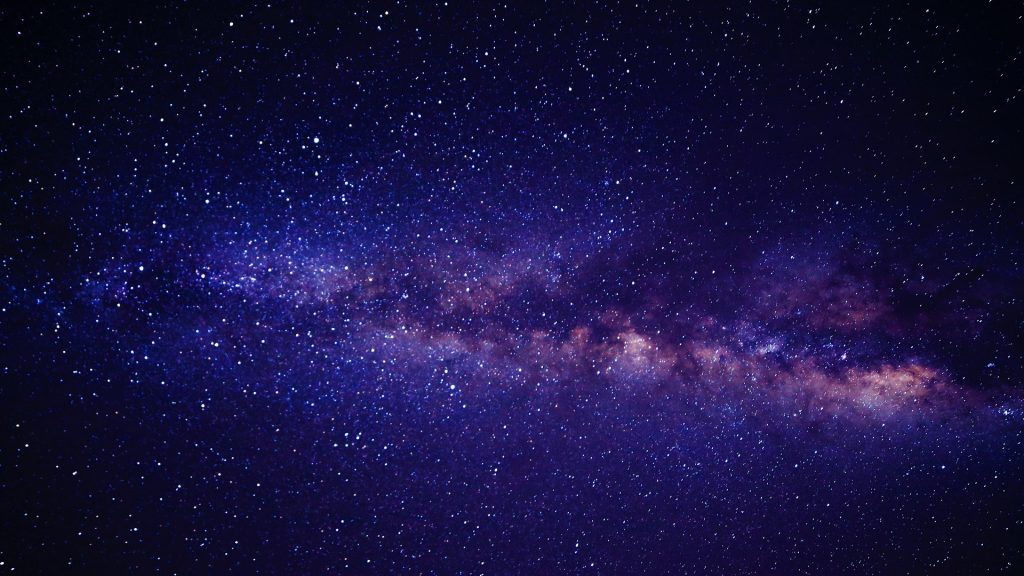
About five billion years ago, something surprising happened: instead of slowing further, the expansion of the universe began to accelerate.
Also read
This acceleration is attributed to a mysterious force called dark energy, which seems to push space apart.
In the funnel diagram, this shift is shown as a widening flare, giving the funnel its bell-like shape rather than a simple straight cone.
The Milestones of Cosmic Growth
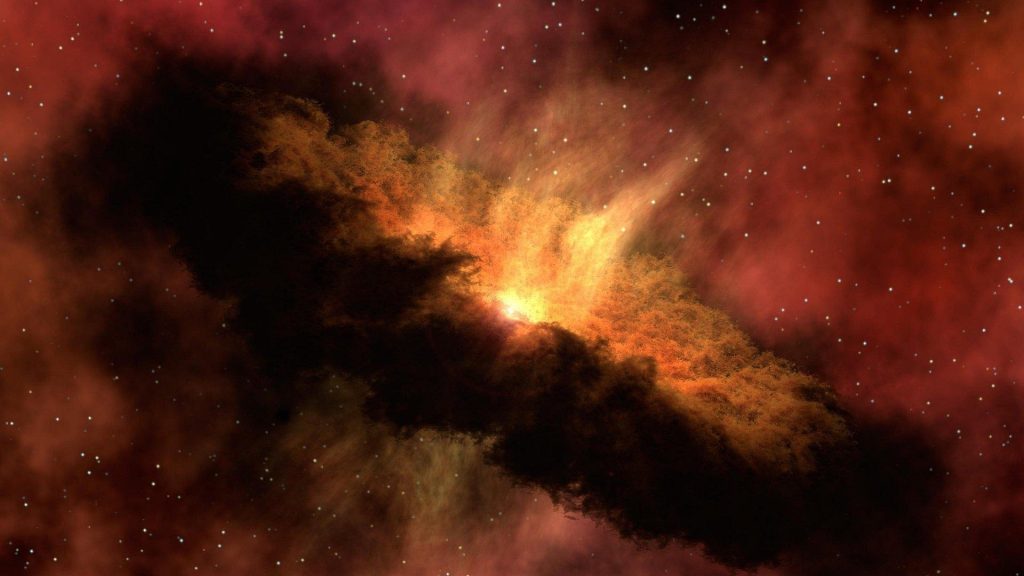
The funnel also marks major turning points in the universe’s history.
Around 380,000 years after the Big Bang, the universe had cooled enough for atoms to form, allowing light to travel freely—this is the cosmic microwave background radiation we can still detect today.
About a billion years later, the first galaxies emerged, and stars lit up the young cosmos. Fast forward to today, and the observable universe now spans about 93 billion light years across.
Also read
The Hubble Tension
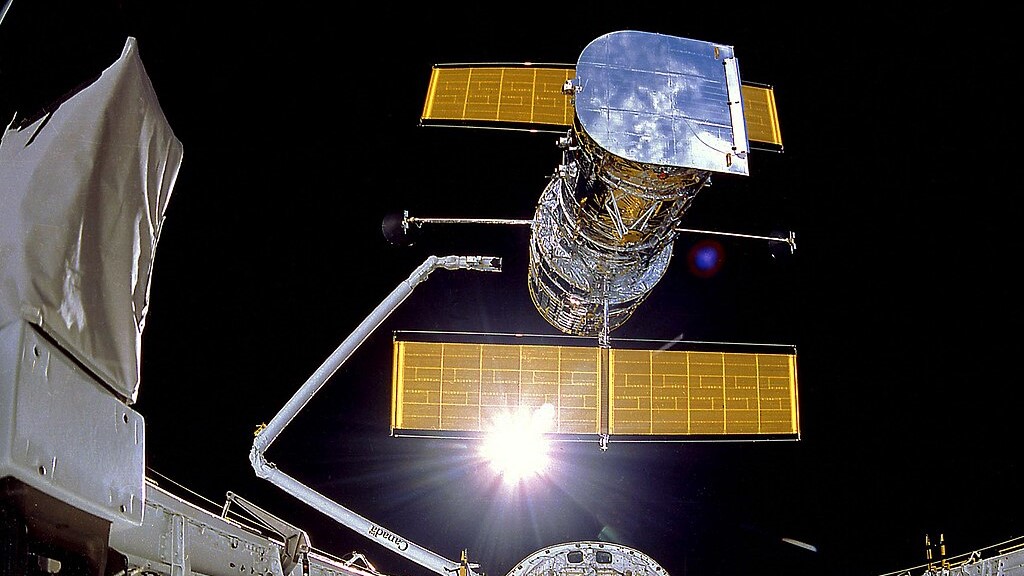
Not all measurements of the universe’s expansion agree, which has led to what scientists call the “Hubble tension.”
Different methods of calculating the current expansion rate give slightly different answers, leaving astronomers puzzled.
Are we missing key details about dark energy, or is there new physics waiting to be discovered?
Upcoming projects like the Euclid space telescope and the Dark Energy Spectroscopic Instrument (DESI) may bring clarity.
A Funnel of Time, Not Space
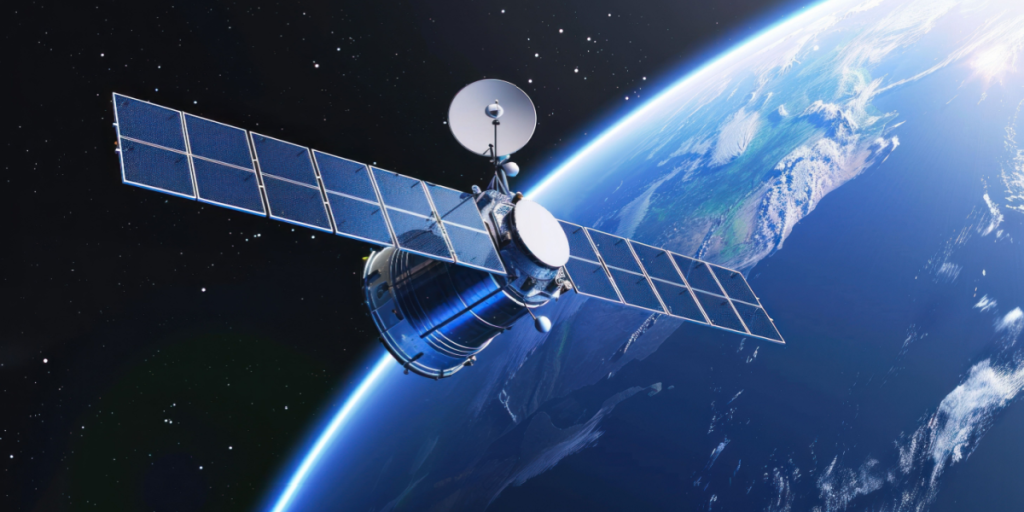
The funnel illustration is ultimately a story of time, not geography.
Also read
It shows how the universe began small, expanded rapidly, slowed down, and then picked up speed again.
It helps us grasp the scale of 13.8 billion years of cosmic history—while reminding us that the universe is still expanding, with its next chapter yet to unfold.
This was reported by Illvid.

